Manila-based WBCP member Brian Ellis writes about an interesting way to learn about a new country. He went birdwatching during his free time while on a visit to Dubai for some work for his church.
space
Birding in Dubai
by Brian Ellis
I received an invitation to visit Dubai for the inauguration of a small Filipino Reformed Baptist Church. This was going to be my first time to visit the Middle East and I saw it as a great opportunity to do some birding. The invitation was for nineteen days with meetings being held mainly in the evenings. That meant I had plenty of time to myself while everyone was at work in the daytime. Paula Peralejo had been there with a friend a few weeks earlier and mentioned Safa Park as being accessible and a place to see birds.
Through friends I was able to also visit Abu Dhabi for a day and Ras Al Kaimah. Although not very successful with regards to birding as I was also sightseeing.
Getting around
To get around in Dubai one needs a car preferably, although there are trains and buses. Taxis are expensive. I relied on my friends to take me places and often to drop me off and leave me.
Birding sites
There are some helpful websites giving suggestions for places to bird, although some are a little outdated now. One I found particularly helpful is UAE Birding http://www.uaebirding.com/index.html The page also gives suggestions for places to bird.
Ras Al Khor Nature Reserve
One of the obvious places is the Ras Al Khor Nature Reserve located in the city. I first went there on a Friday and found it closed! Friday is the Moslem holy day. However a British birder was there and had a scope and was watching from the roadway. He kindly pointed out quite a number of waders and other birds seen through the scope. At Ras Al Khor there are also two hides which are open on other days and they provide a scope and binoculars for visitors. Entrance is free. The custodians at the two hides sadly do not know much about birds although they can identify the common species.
At Ras Al Khor one is immediately drawn to the flocks of Greater Flamingos (Phoenicopterus roseus), very beautiful birds, although the question arises as to whether these are really wild or feral. The reason being that they are fed to keep them within the bounds of the nature reserve. They are free to fly of course. However they are found in other places and I saw well over a thousand at the large Al Wathba Lake in Abu Dhabi.
Ras Al Khor – has a wide range of waders and shore birds.
Greater Flamingo Phoenicopterus roseus
Greater Cormorant Phalacrocorax carbo sinensis
Western Reef Heron (Dark Phase) Egretta gularis
Great Egret Egretta alba
Black-crowned Night Heron Nycticorax nycticorax
Eurasian Spoonbill Platalea leucorodia
Northern Shoveler Anas clypeata
Pintail Anas acuta
Eurasian Teal Anas crecca
Egyptian Goose Alopochen aegyptacus just a lone example|
Avocet Recurvirostra avosetta
Black-winged Stilt Himantopus himantopus
Black-tailed Godwit Limosa limosa
Dunlin Calidris alpina
Little Stint Calidris minuta
Redshank Tringa totanus
Greenshank Tringa nebularia
Curlew Tringa nebularia
Ringed Plover Charadrius hiaticula
Kentish Plover Charadrius alexandrinus
Pacific Golden Plover Pluvialis fulva
Large Gull species ??
Common Black-headed Gull Chroicocephalus ridibundus
Caspian Tern Hydroprogne caspia
Greater Spotted Eagle Aquila clanga which seems to be a resident there
Yellow Wagtail Motacilla flava
There was a large black backed gull with a black beak and white tip which I could not identify and cannot find it in the book. There were at least three of them viewed through the hide’s scope. I have a photo but it is too far off to help really with ID.
Safa Park
The other place where I spent quite some time was Safa Park in one of the suburbs of Dubai. There are other beautiful parks that I visited in Dubai, such as Creek Park. Safa Park however is a very large park with trees, lawns and ponds and particularly good for birding. The bird sites say anything can turn up at Safa Park. It was the easiest place for me to get to so spent quite some time there during the day on a number of occasions. On my first visit I was thrilled to see Hoopoes walking around on the grass digging for insects and worms. I have only seen a Hoopoe once before and that was in 1966 in the middle of the Red Sea. I was travelling from the UK to Singapore by ship (It was cheaper in those days to take a 3 week cruise that to fly). The Hoopoe landed on the deck somewhere between Saudi and Africa. It was obviously migrating and stopped for a rest. I followed it around the deck for some minutes absolutely mesmerised. In Safa Park there were many of them walking around and digging in the grass for food. They are so beautiful.
Another very beautiful bird in Safa Park is the Indian Roller, with a lovely blue colour. (Also seen in other locations.) The birds in Safa park are generally not very afraid of people. Spending quite a few days there I listed down the following:
Little Grebe Tachybaptus ruficollis
Grey Heron Ardea cinerea
Striated Heron Butorides striatus
Indian Pond Heron Ardeola grayii (This was identified from photo I placed on Bird Forum)
Mallard Anas platyrhynchos
Common Sandpiper Actitis hypoleucos
Black-headed Gull Chroicocephalus ridibundus
House Crow Corvus splendens these are abundant and everywhere
Collared Dove Streptopelia decaocto abundant
Laughing Dove Spilopelia senegalensis abundant
White Wagtail Motacilla albacommon
White Cheeked Bulbul Pycnonotus leucogenys abundant
Red Vented Bulbul Pycnonotus cafer abundant
Indian Ring-necked Parakeet Psittacula krameri introduced but now common
Eurasian Hoopoe Upupa epops
Indian Roller Coracias garrulus
Common Myna Acridotheres tristis introduced and now abundant
Pied Myna Sturnus contra
Purple Sunbird Cinnyris asiaticus brevirostris reasonably common
Graceful Prinia Prinia gracilis
House Sparrow Passer domesticus abundant
Turkestan Shrike Lanius phoenicuroides
Other sites
I was able to go to a few other sites but these two places accounted for the majority of the birds seen. Some of the above were seen in other places particularly the very common species like the bulbuls and doves.
Also seen in Dubai
Ferral Pigeon Columba livia – Mamsar Water Treatment Plant
Little Egret Egretta garzetta
Cattle Egret Bubulcus ibis
Bank Myna Acridotheres ginginianus
Indian Silverbill Lonchura malabarica The Green, Dubai Industrial Park
Tawney Pipit Anthus campestris Gantoot Polo Club
Southern Grey Shrike Lanius meridionalis Jebel Ali Hotel
I was able to visit for a day or so two of the other Emirates in the UAE although did not see very many birds as occupied in other ways. Although saw the usual common doves, myna and bulbuls.
Ras Al Khaimah
Pale Crag Martin Ptyonoprogne obsolete
Green Bee-eater Merops apiaster also seen in Dubai at Jebel Ali Hotel
Lesser Grey Shrike Lanius minor
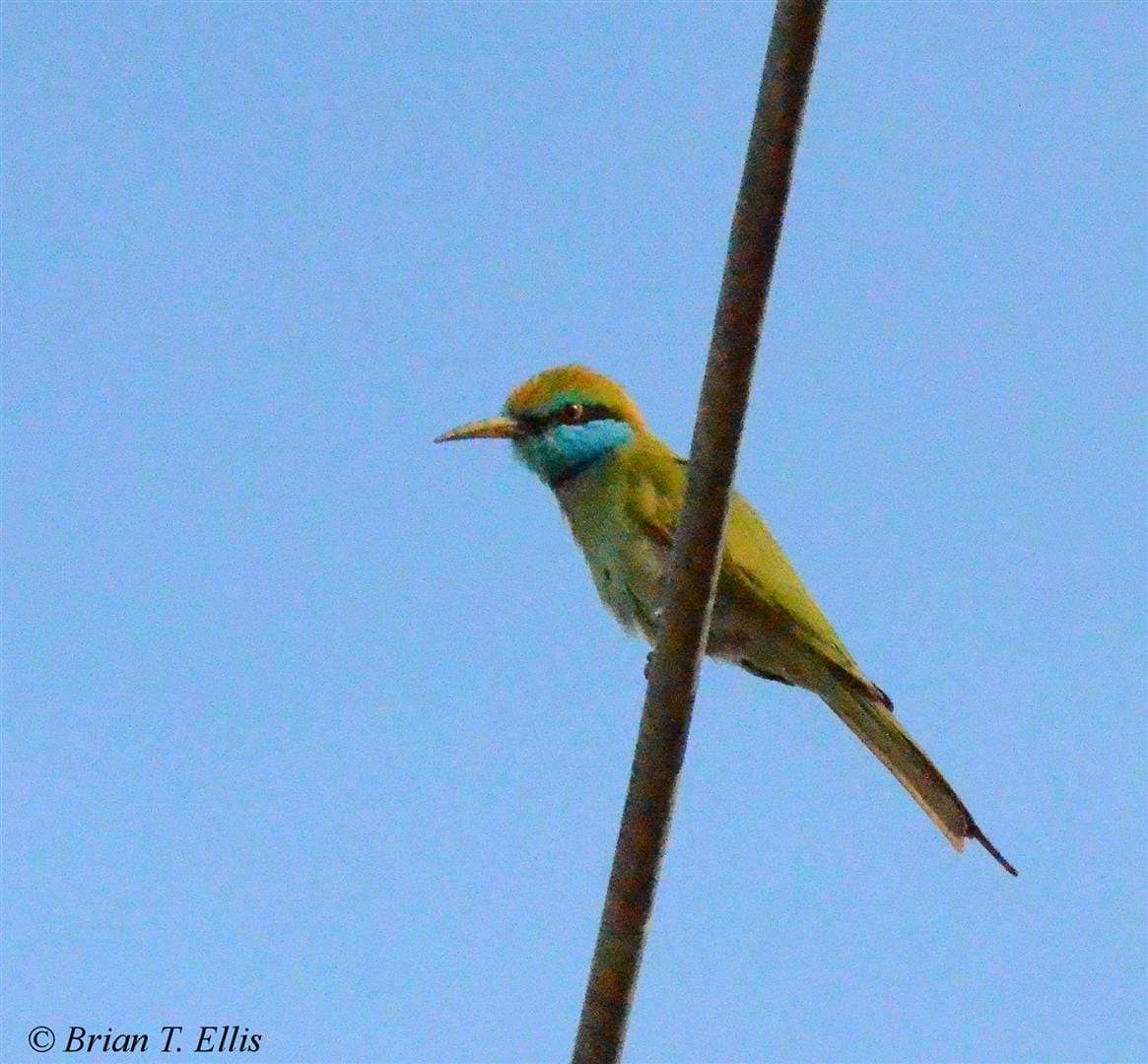
Abu Dhabi
Grey Francolin Francolinus pondicerianus also seen at Gantoot
Western Marsh Harrier Circus aeruginosus perched – seen also in Dubai later
Steppe Gull Larus barabensis
The most common birds which were seen everywhere were the Bulbuls and the Doves, Laughing Dove and Collard Dove as well as the Common Myna.
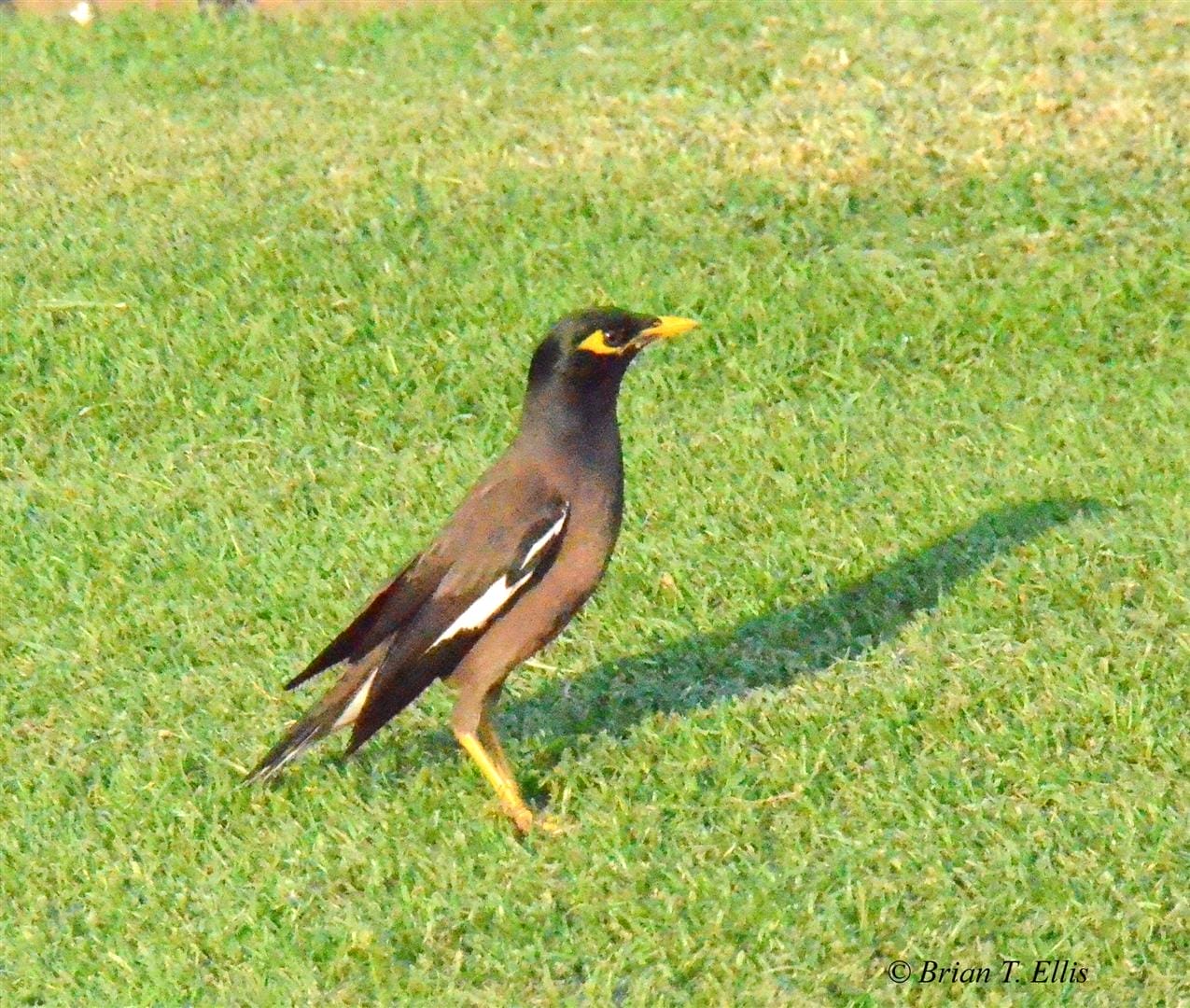
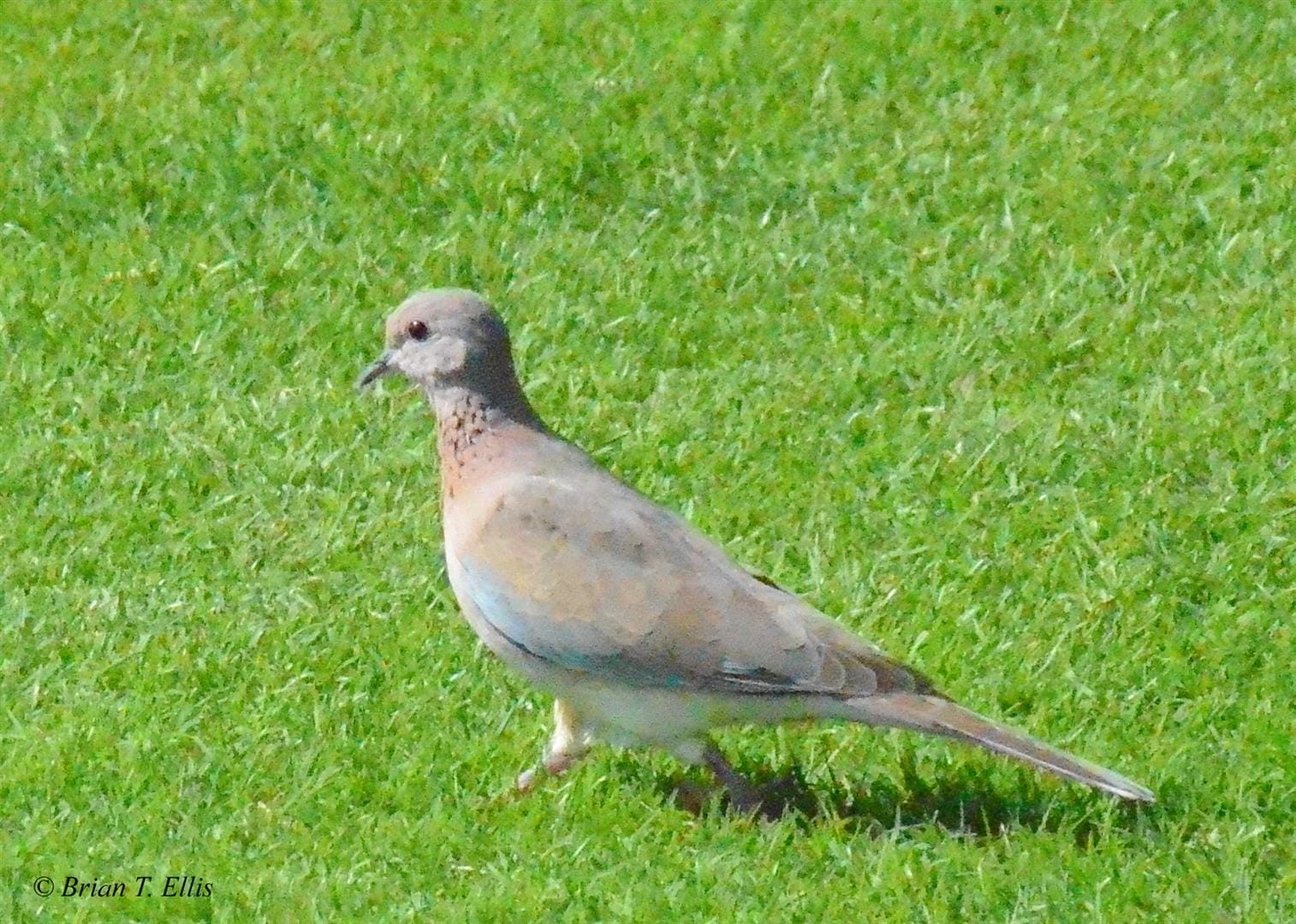
The Bank Myna were only seen in one place. They nest in colonies in banks (hence the name) just like Bee-eaters. There must have been at least 100 in the colony I saw. They are a larger bird than Bee-eaters as well.
I could have added Ostrich as in Ras Al Khaimah where we stayed one night there was an Ostrich farm nearby with probably at least 50 Ostriches to be seen from the road. Also Peacocks at the Jebel Ali Hotel wandering around everywhere. Even on the golf course where we saw Black-winged Stilts and some waders before we were asked to leave as told it was dangerous and forbidden to wander on the course.
Travel tips
There were some other gulls in places but I was too far away. I regretted not taking my scope with me. I had also had decided to purchase a bird book on the Middle East from Amazon but it did not arrive before I left. That was a pity. The book Birds of the Middle East (2nd Edition) by Richard Porter & Simon Aspinall can be purchased in bookstores in Dubai but it was more expensive than I paid on Amazon. However I wish I had had the book as it would have been helpful in the field. When I could open my computer I used photos from the site mentioned above for identification. I did take however Collins Pocket Guide to Birds of Britain & Europe as it also has some cover of the Middle East. I had purchased that some years ago at National Book Store for ₱200.
Birds are fairly abundant in the UAE although the total species are nothing like the Philippines and the book mentioned above covers Turkey, Iran and the whole of the Arabian Peninsula. There is also a book just on UAE Birds but I have not seen it and did not see it in the bookstores. There are also bird guides available, advertised on the internet but the price is high. Half a day for minimum of 3 people being picked up is 600 Dh which in pesos is multiplied by 11. So is ₱6,600. Not sure if that is the price for 3 but it looks like the price per person and there needs to be a minimum of 3 people. A whole day is double that.
I hope that in the not so distant future I can make a trip back to the UAE to see my friends and visit the church work. I would also hope to be able to do some more birding, and I would not go without a scope.

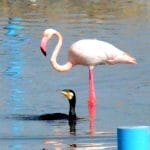
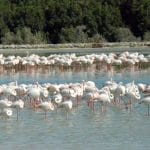
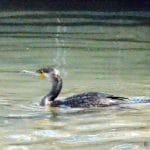
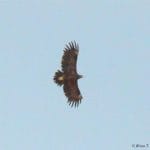
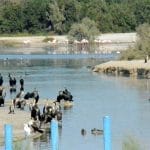
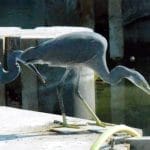
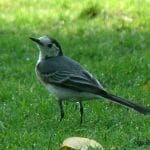
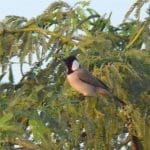

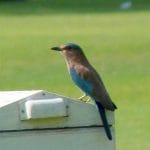
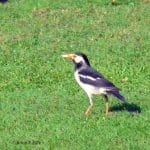
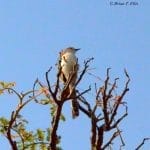
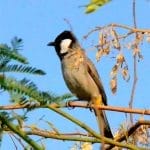
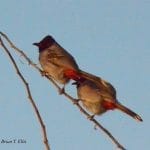

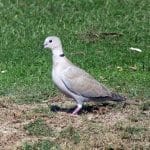
Pingback:June 2013 | e-BON